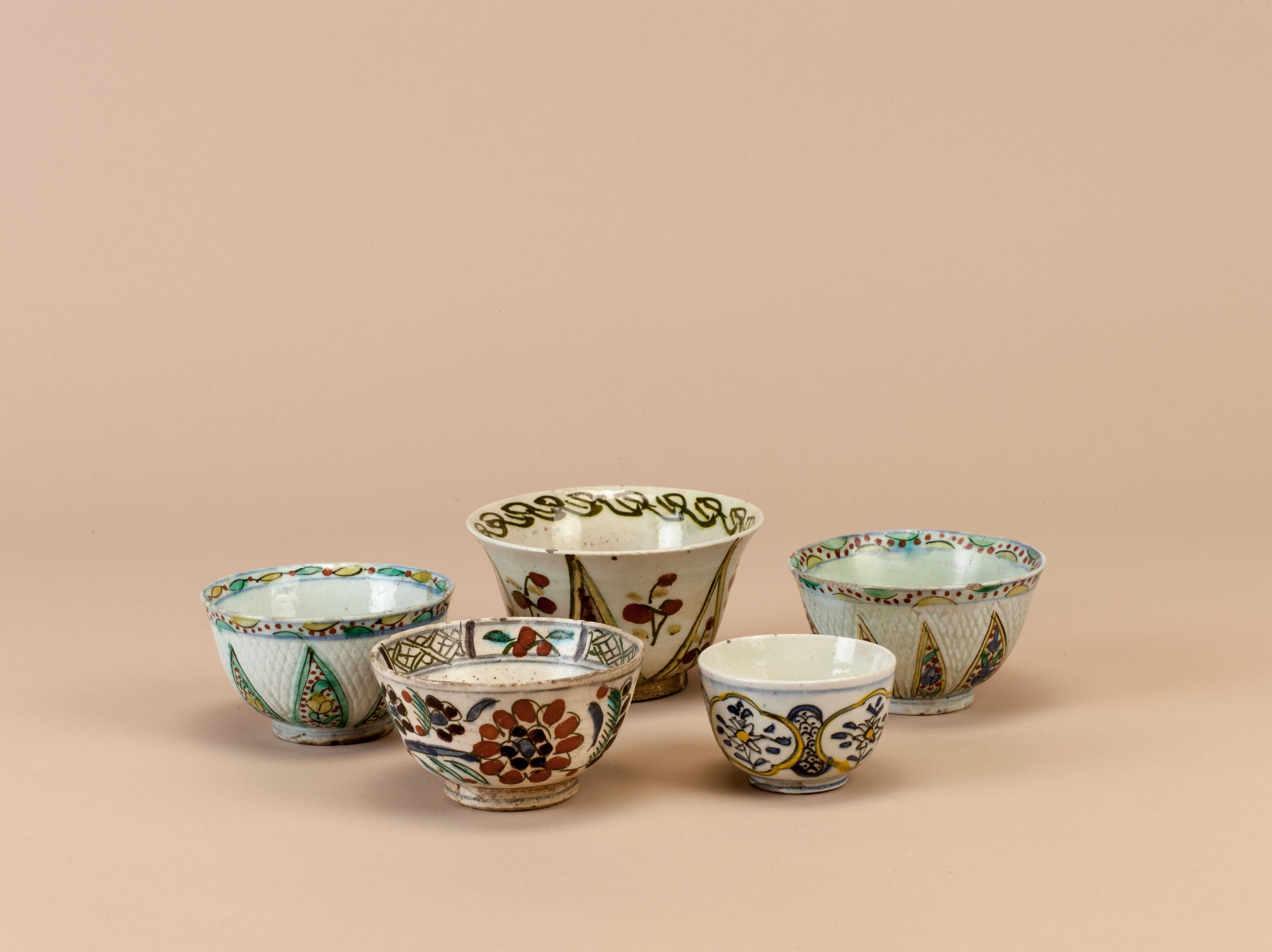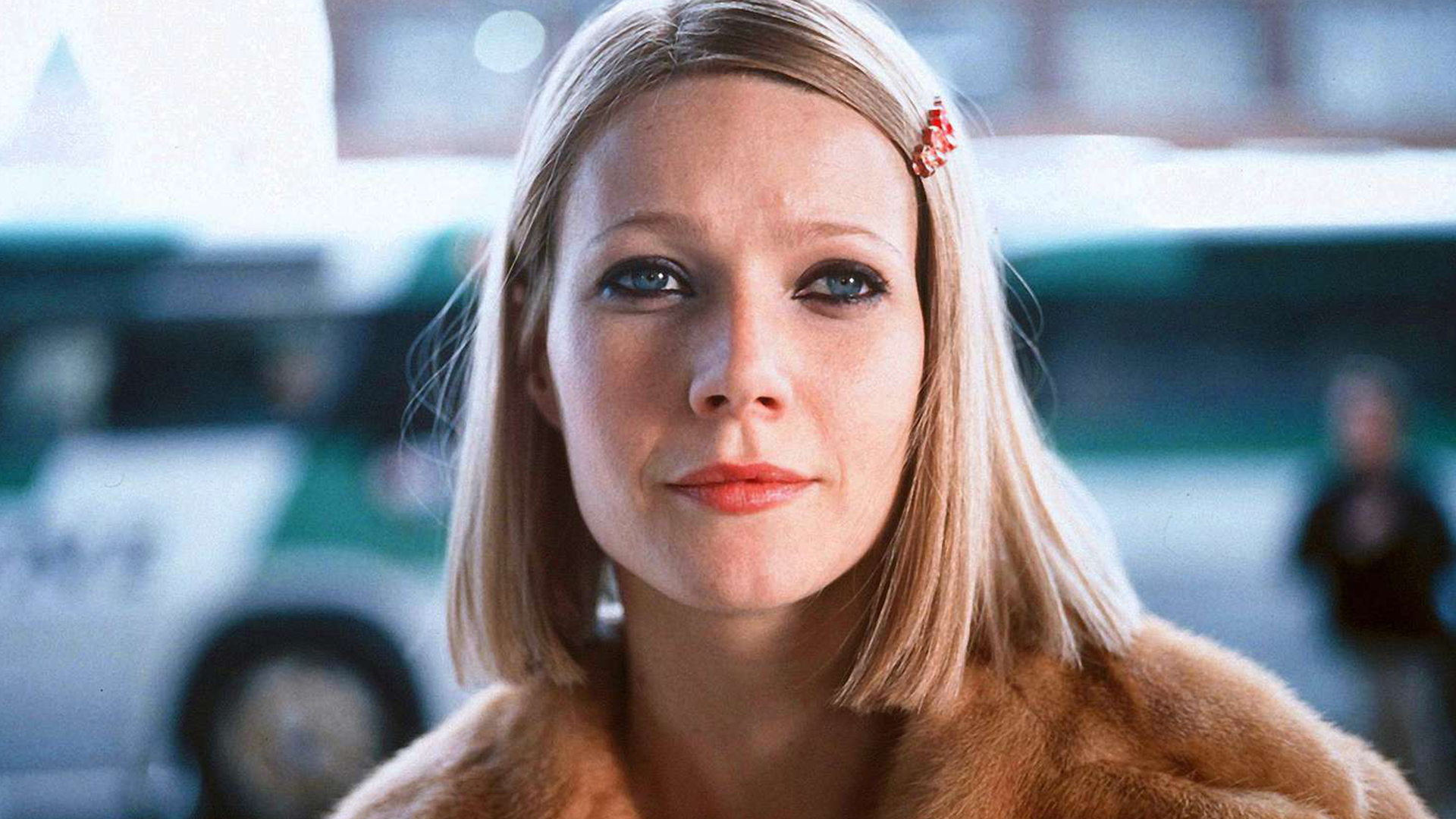Director: Sergey Parajanov
Cast: Olga Reus-Petrenko, Yevgenia Miroshnichenko, Eduard Koshman, Yuriy Gulyayev
Soviet Union, 1961, 88', color
Russian with Turkish subtitles
A melodrama wrapped in the ideological garb of the time. The life of famous opera singer Oksana passes before her eyes in a series of flashbacks: her childhood in the countryside full of music, her farewell from the village and her lover Anton, her training at the conservatory, the start of her career in Paris. When the war breaks out, Oksana loses contact with Anton, who ends up a German prisoner-of-war. As much as the depiction of the war and the parties involved in it follow state regulations, the cinematic and thematic freedoms taken by Parajanow still shine through with unusual clarity: the almost abstract studio scenes, the unpredictable narration, which doesn’t unfold chronologically, and the depiction of the music, songs and churches.
Free admissions. Drop in, no reservations.

Coffee was served with much splendor at the harems of the Ottoman palace and mansions. First, sweets (usually jam) was served on silverware, followed by coffee serving. The coffee jug would be placed in a sitil (brazier), which had three chains on its sides for carrying, had cinders in the middle, and was made of tombac, silver or brass. The sitil had a satin or silk cover embroidered with silver thread, tinsel, sequin or even pearls and diamonds.

The New Year is more than just a date change on the calendar. It often marks a turning point where the weight of past experiences is felt or the uncertainty of the future is faced. This season, Pera Film highlights films that delve into themes of hope, regret, nostalgia, and new beginnings.
Tuesday - Saturday 10:00 - 19:00
Friday 10:00 - 22:00
Sunday 12:00 - 18:00
The museum is closed on Mondays.
On Wednesdays, the students can
visit the museum free of admission.
Full ticket: 300 TL
Discounted: 150 TL
Groups: 200 TL (minimum 10 people)